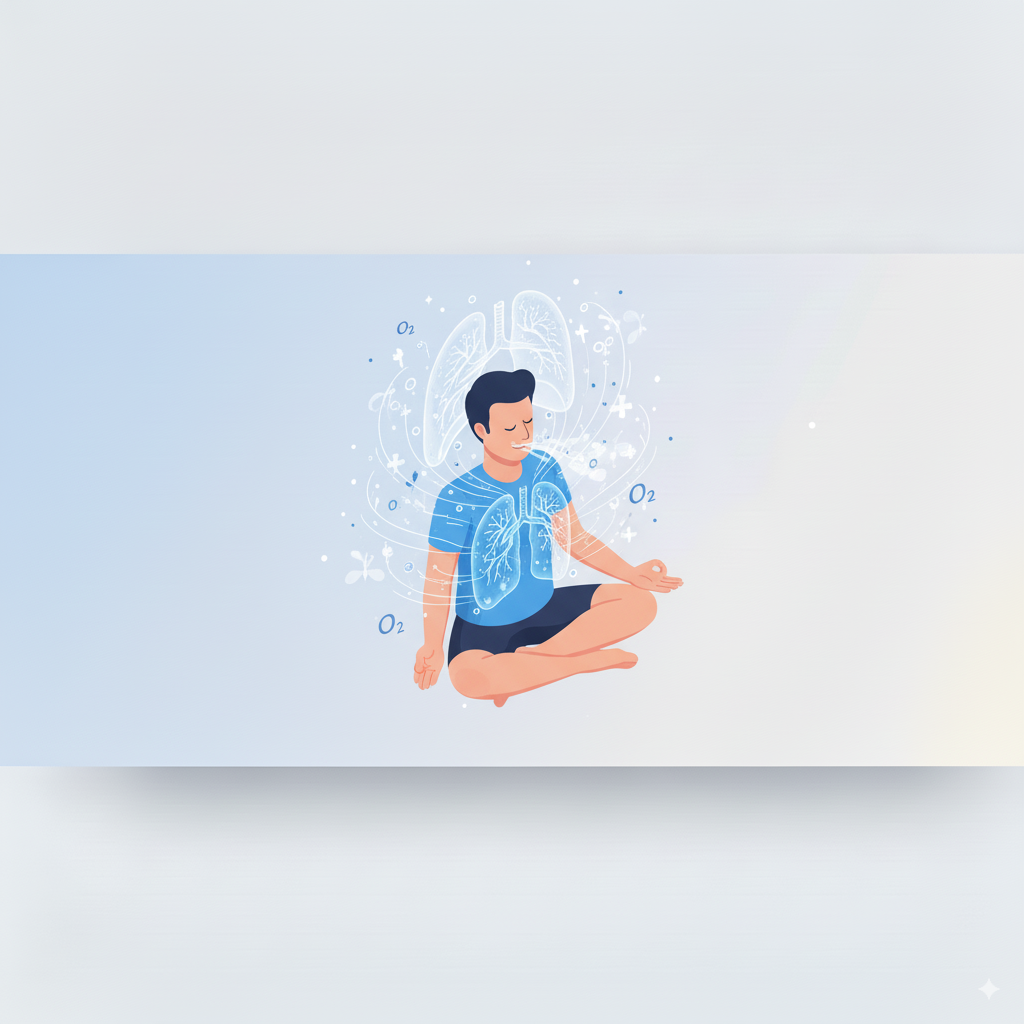Breathwork
Every day around midday, I practice breathwork—a simple but powerful tool that's become my go-to reset button when stress starts building. The protocol I use is straightforward but effective:
Deep breath in through my nose
Another, more aggressive, breath in through my nose to completely fill my lungs
Hold anywhere between 10 and 60 seconds
Long, slow, deliberate exhale
I repeat this process for 10 minutes.
This breathing pattern is similar to what researchers call "cyclic sighing" or extended exhale breathing, which studies have shown can activate the parasympathetic nervous system—your body's natural relaxation response.¹
While I do this, I try to keep my mind present on the experience and not let it get distracted by external thoughts (work, stressors). As those thoughts come in, I politely escort them out telling them that I will deal with them later. Typically as the exercise progresses, more thoughts enter my head. Instead of being frustrated, I see this as more opportunities to practice escorting them out.
Long, controlled exhales have been shown to have a calming effect on the central nervous system by activating the vagus nerve and shifting your autonomic nervous system toward a parasympathetic (rest and digest) state.²,³ While this can be measured through heart rate variability, I have yet to do so. Instead, I benefit from a sense of calm and control as soon as I finish the exercise.
The real payoff from this practice comes later in the day. I'll often find my mind racing when I'm trying to go to sleep—work deadlines, tomorrow's to-do list, that conversation I should have handled differently. This is where my ability to control what thoughts stay in my mind and what thoughts I can escort out becomes invaluable. When I'm lying in bed and my mind starts spinning, I use the same technique: I escort the thoughts out and tell them I'll deal with them later as I pursue the still mind that guides me into sleep.
References
¹ Balban, M.Y., et al. (2023). Brief structured respiration practices enhance mood and reduce physiological arousal. Cell Reports Medicine, 4(1):100895. PubMed ID: 36630953
² Gerritsen, R.J.S. & Band, G.P.H. (2018). Breath of Life: The Respiratory Vagal Stimulation Model of Contemplative Activity. Frontiers in Human Neuroscience. PubMed ID: 30356789
³ Laborde, S., et al. (2021). Benefits from one session of deep and slow breathing on vagal tone and anxiety in young and older adults. Scientific Reports, Nature.

